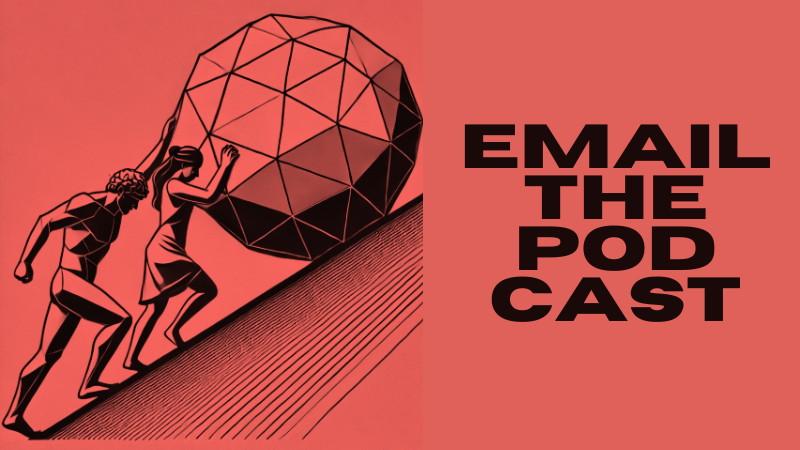Episode 4
Episode 4: Humans Need Not Apply
In this punchy episode of Roll The Boulder, we expose how AI stands poised to trigger a job market upheaval that makes previous automation waves look tame. Tracing the century-long tug-of-war between labor and capital, we uncover the roots of rampant inequality—and how AI could accelerate a slide toward “neo-feudal” power structures. From driverless trucks to AI-generated content, entire industries face mass disruption, while the ultra-wealthy quietly fortify themselves with bunkers and private security. Tune in to see why the next decade could be an inflection point, and how our collective response may spell liberation—or dystopia.
CITATIONS:
Autor, D., Katz, L., & Kearney, M. S. (2006). The polarization of the U.S. labor market. NBER Working Paper Series. https://doi.org/10.3386/w11986
Autor, D., Mindell, D., & Reynolds, E. (2021). AI and the changing job market. MIT Task Force on Work of the Future.
Bruun, E., & Duka, A. (2018). Artificial intelligence, jobs and the future of work. Basic Income Studies, 13(2). https://doi.org/10.1515/bis-2018-0012
Danso, B. W., & Eric, H. (2023). Artificial intelligence disruption and its impacts on future employment. i-manager’s Journal on Software Engineering.
Datta, Y. (2023). A framework for income, inheritance, and wealth tax in America amid increasing income inequality. Journal of Economics and Public Finance.
Gerlich, M. (2024). Brace for impact: Facing the AI revolution and geopolitical shifts in a future societal scenario for 2025–2040. Societies.
Gruetzemacher, R., Paradice, D., & Lee, K. (2020a). Forecasting extreme labor displacement: A survey of AI practitioners. Technological Forecasting and Social Change. https://doi.org/10.1016/j.techfore.2020.120478
Gruetzemacher, R., Paradice, D., & Lee, K. (2020b). Forecasting extreme labor displacement: A survey of AI practitioners. Technological Forecasting and Social Change. https://doi.org/10.1016/j.techfore.2020.120478
Karangutkar, A. A. (2023). The impact of artificial intelligence on job displacement. International Journal of Advanced Research in Science, Communication and Technology.
Kiatpongsan, S., & Norton, M. (2014). How much (more) should CEOs make? A universal desire for more equal pay. Perspectives on Psychological Science, 9(6), 587–593. https://doi.org/10.1177/1745691614549773
Lovati, J. M. (1976). The unemployment rate as an economic indicator. Canadian Parliamentary Review.
Masoud, N. (2024). Artificial intelligence and unemployment dynamics. Technological Sustainability.
Przychodzeń, W., & Gómez‐Bezares, F. (2021). CEO–employee pay gap, productivity, and value creation. Journal of Risk and Financial Management, 14(5), 196. https://doi.org/10.3390/jrfm14050196
Rosefielde, S. (2000). The civilian labour force and unemployment in the Russian Federation. Europe-Asia Studies, 52(1), 7–24.
Santhosh, A., Unnikrishnan, R., & Shibu, S. (2023). AI impact on job automation. International Journal of Engineering Technology and Management Sciences.
Subramanian, S., & Kawachi, I. (2004). Income inequality and health: What have we learned so far? Epidemiologic Reviews, 26(1), 78–91. https://doi.org/10.1093/epirev/mxh003



